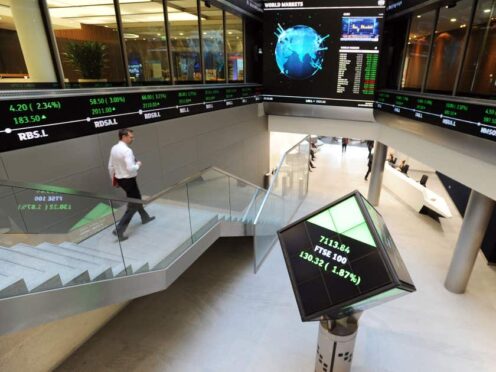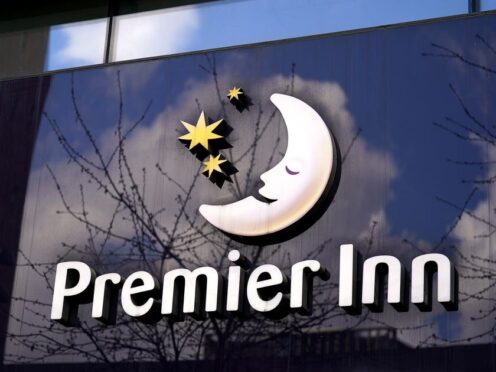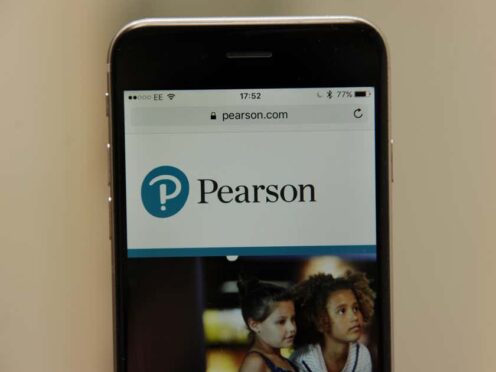The UK Government recently launched the Coronavirus Job Retention Scheme (also known as Furlough Leave) as a way for employers to get “support to continue paying part of their employees’ salary for those employees that would otherwise have been laid off during this crisis”.
Deborah Miller, Partner at leading law firm MacRoberts, answers some of the most frequently asked questions about the scheme and what employers need to do to access it.
Which employers are eligible to access the scheme?
Any UK organisation with employees can apply for the scheme, provided that they have created and started a PAYE payroll scheme on or before 28 February 2020, and have a UK bank account.
However, the Government’s expectation is that the scheme will not be used by many public sector organisations on the basis that the majority of these employees are providing essential services or their salaries are already publicly funded.
Which employees will be eligible?
The scheme only applies:
1. To employees who were on the PAYE payroll on 28 February 2020
Employees on unpaid leave cannot be furloughed, unless they were placed on unpaid leave after 28 February; however, employees who have been made redundant since 28 February can be included, provided they are re-hired by the employer. The definition is wide and includes employees on agency contracts and flexible or zero-hours contracts. The scheme does not apply to those who are self-employed but a separate similar scheme has been introduced for them.
2. If the employee is not undertaking any work for the employer
The employee must not carry out any work for on behalf of the employer, meaning that employees who are working but on reduced hours are not eligible. Employees are able to undertake training and do volunteer work, provided that they do not provide services to or make any money for their employer.
3. Where employees are on Furlough Leave for three weeks or more
Furlough leave must be taken in minimum blocks of three weeks to be eligible for funding.
What process will employers need to follow?
1. Decide which employees it is proposed to place on Furlough Leave.
If not all of the workforce is to be placed on Furlough Leave, care must be taken, and fair process followed, to determine which employees will remain at work and which will be on Furlough Leave. For example, it will be important to ensure that any decisions are not discriminatory.
2. Notify selected employees of the proposed change of status to “furlough worker” and seek their agreement
In the vast majority of cases, the employer will not be able to unilaterally impose a change of worker status to “furlough worker”. In most cases, employee consent will be required. This means that most employers will be required agree the change with employees to agree the designation.
In the current unusual circumstances, it is anticipated that many employees will agree to this change. However, employers will also need to consider what steps they will take in the event that agreement is not reached.
There will then be a formal process of notifying the employees in writing of their designation as a furlough worker.
3. HMRC submission
The final step is submitting details about the Furloughed Workers and their earnings to HMRC. This will be done through an online portal. This has not yet been set up.
Can employees insist on being placed on Furlough Leave?
No, employees cannot unilaterally choose to be placed on Furlough Leave – the agreement of their employer will be needed.
What payments will employees receive under the scheme?
HMRC will reimburse 80% of furloughed workers’ wage costs, up to a cap of £2,500 per month, plus the associated employer NICs and minimum auto-enrolment pension contributions on that wage. Importantly, fees, commissions and bonuses are not included.
Do employers have to pay the remaining 20% of the salary?
There is no automatic right for employees to be paid the remaining 20% of salary not covered by the scheme; however, this topic may form part of the negotiations with employees when agreeing their change of status.
How long will the scheme last?
The scheme is backdated to 1 March 2020, open for at least three months, and will be extended if necessary.
Will employment rights continue to accrue during Furlough Leave?
Employees will remain employed during Furlough Leave and will retain their length of service.
How do we find out more?
Further information about the scheme and government guidance for employers and employees can be found at https://www.gov.uk/, and MacRoberts’ specialist Employment Law team can answer any questions you may have on your business’s particular circumstances. You can also find out more at their special Covid-19 page.
![]()










